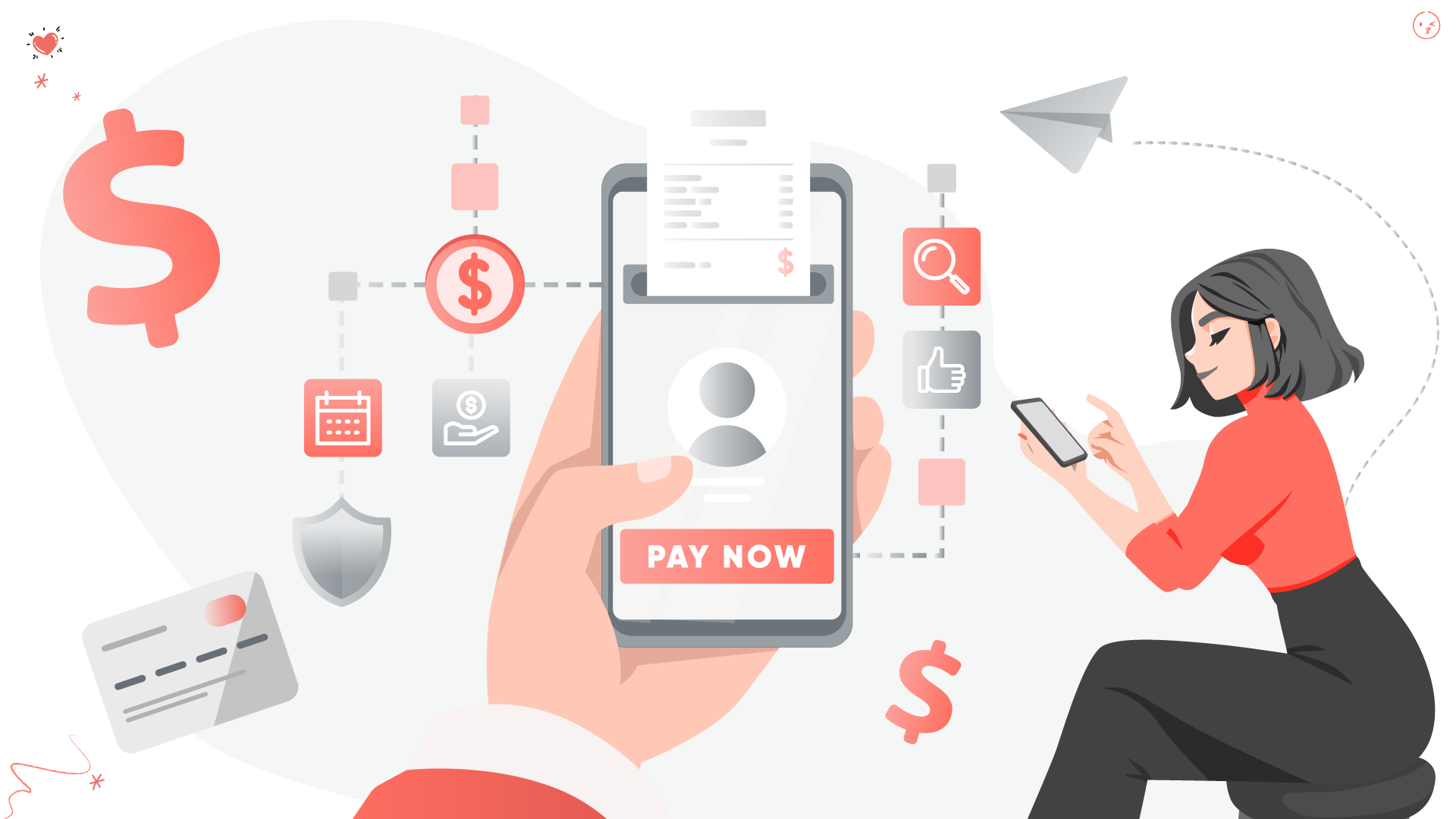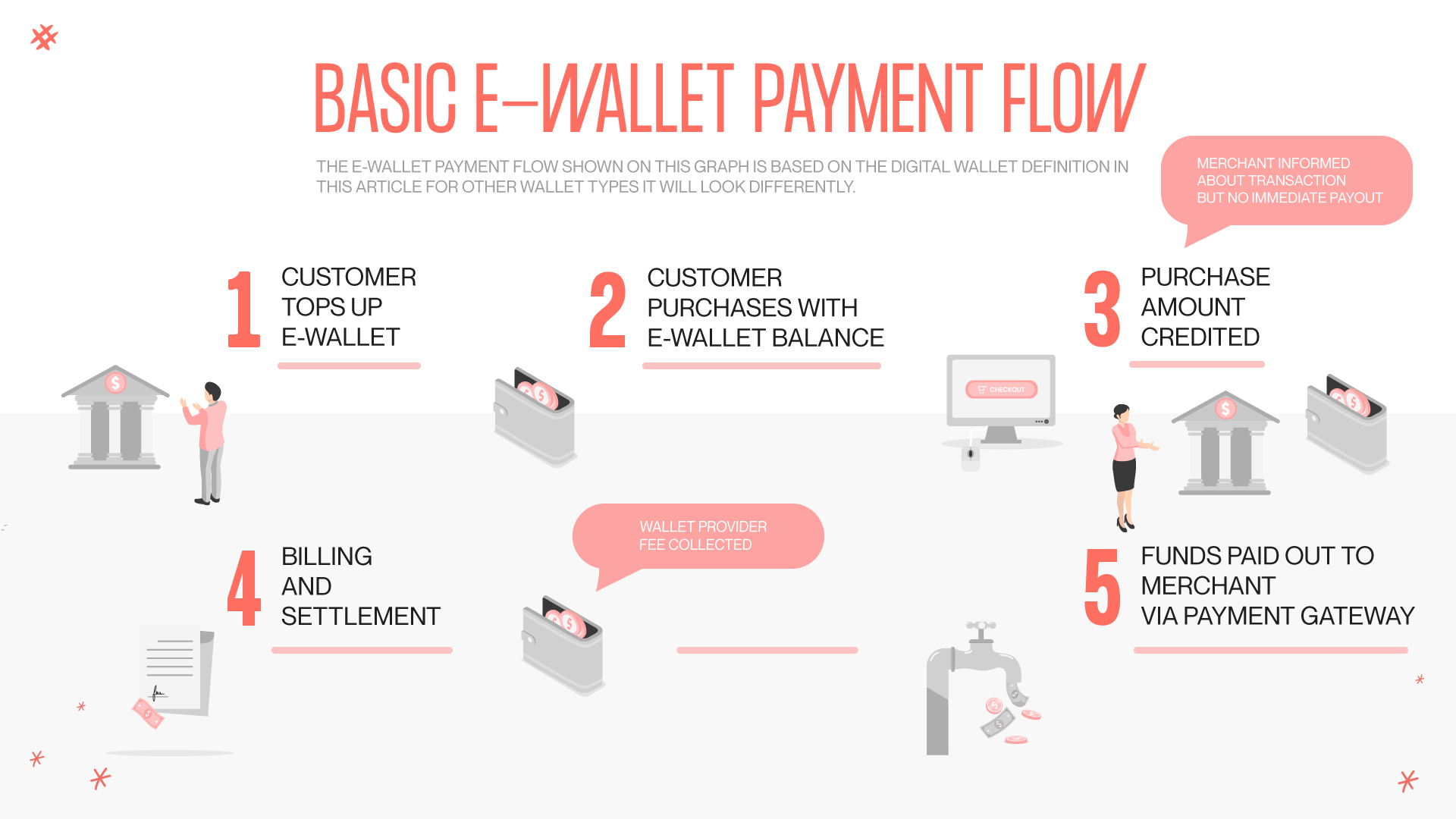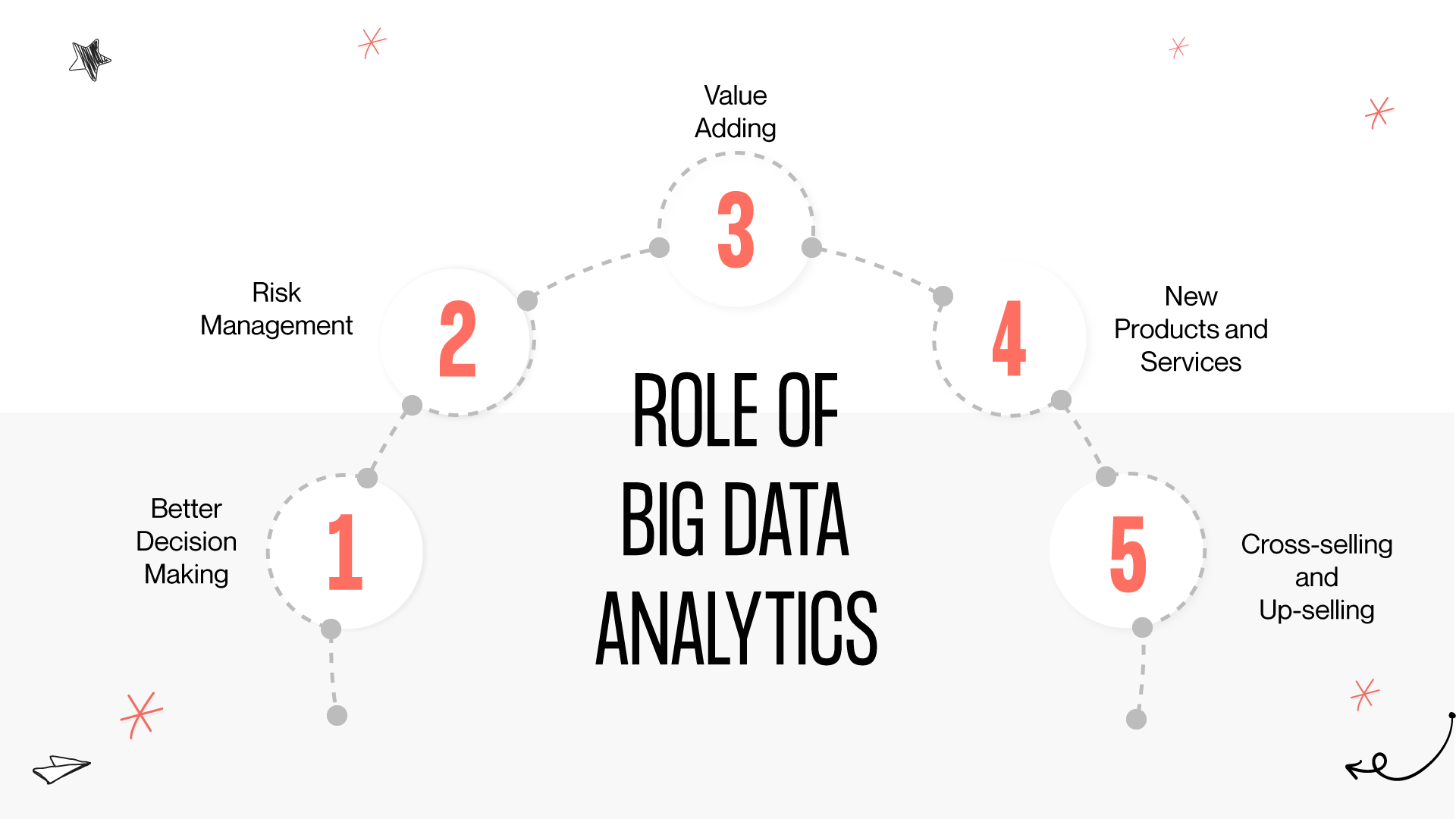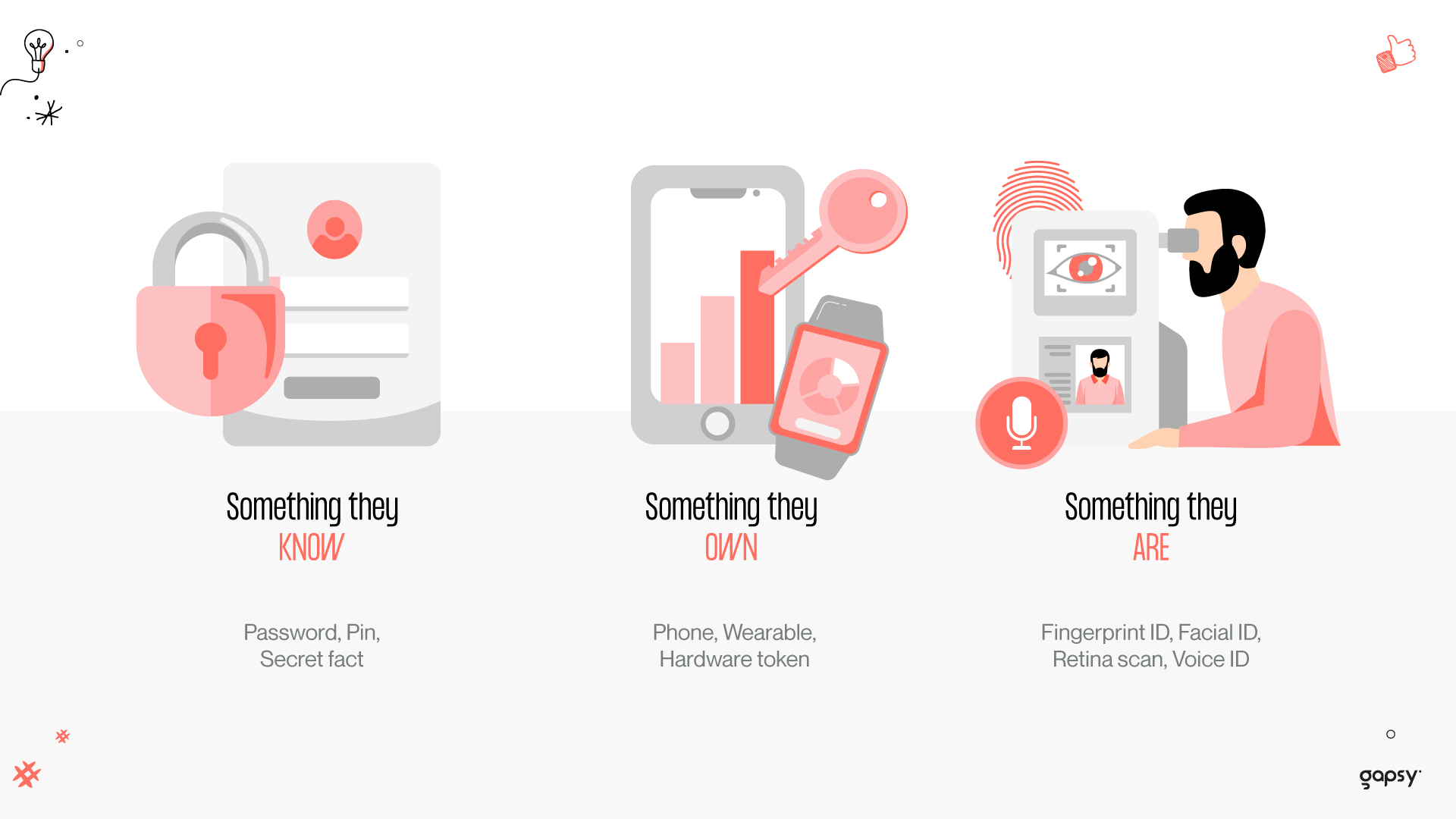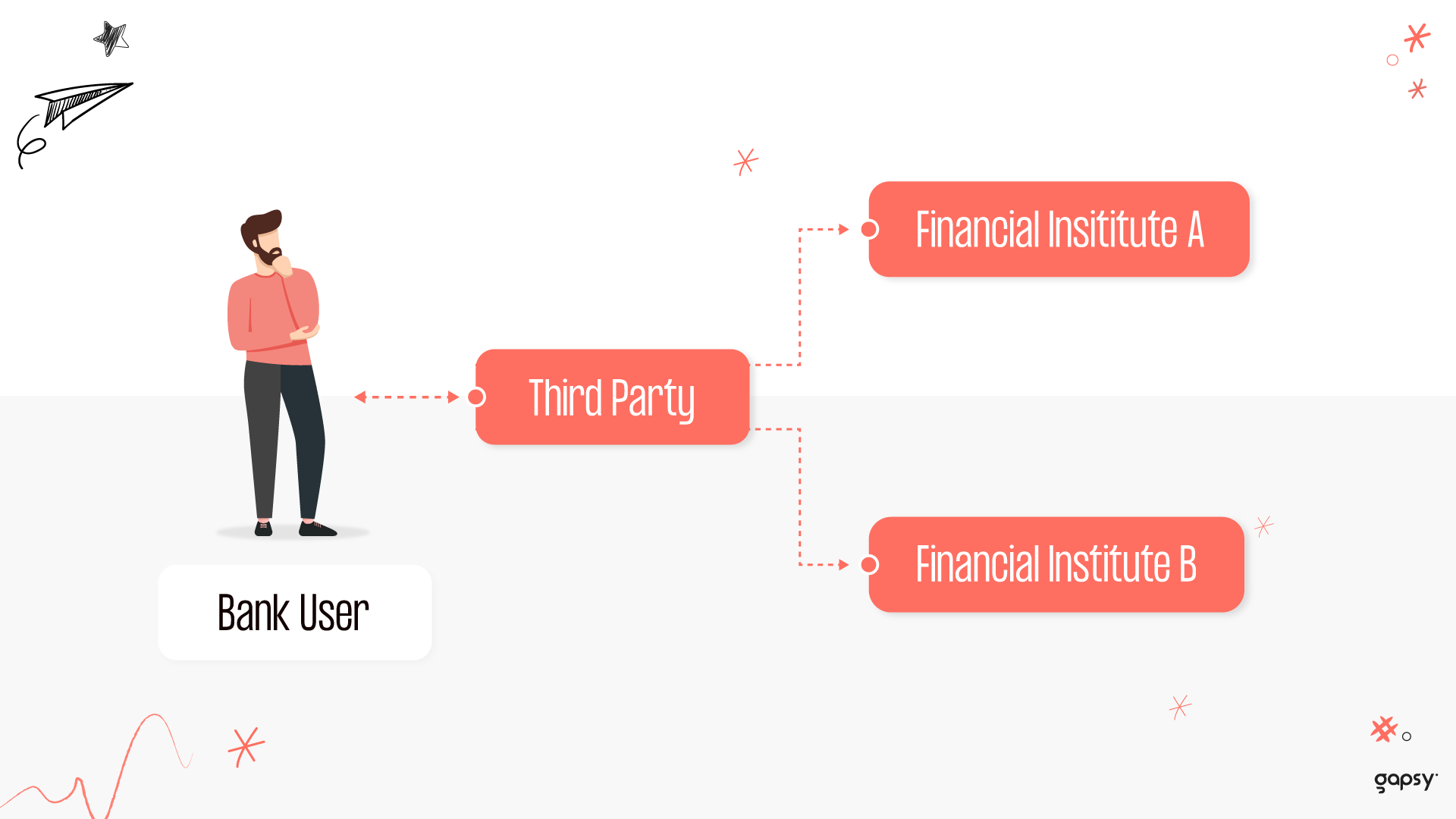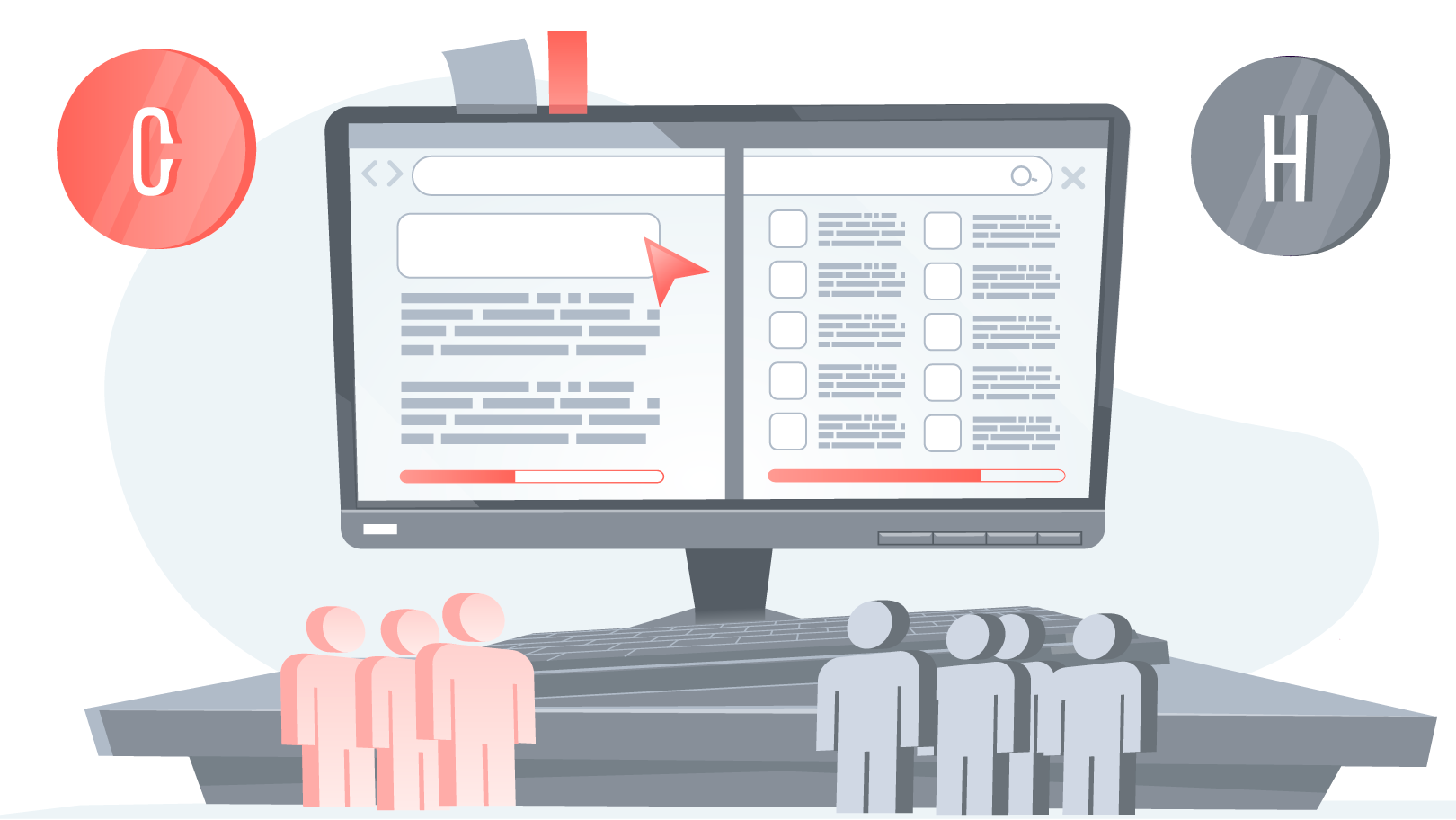Fintech apps are becoming increasingly popular, offering innovative solutions to financial challenges and making it easier for businesses to manage their finances. But with the potential benefits come questions about the cost of fintech app development. How much does it cost to build a fintech app? In this article, we’ll examine all the factors that affect fintech development costs and offer some tips on how to estimate the cost of your project. Read on to learn more about fintech app development costs.

